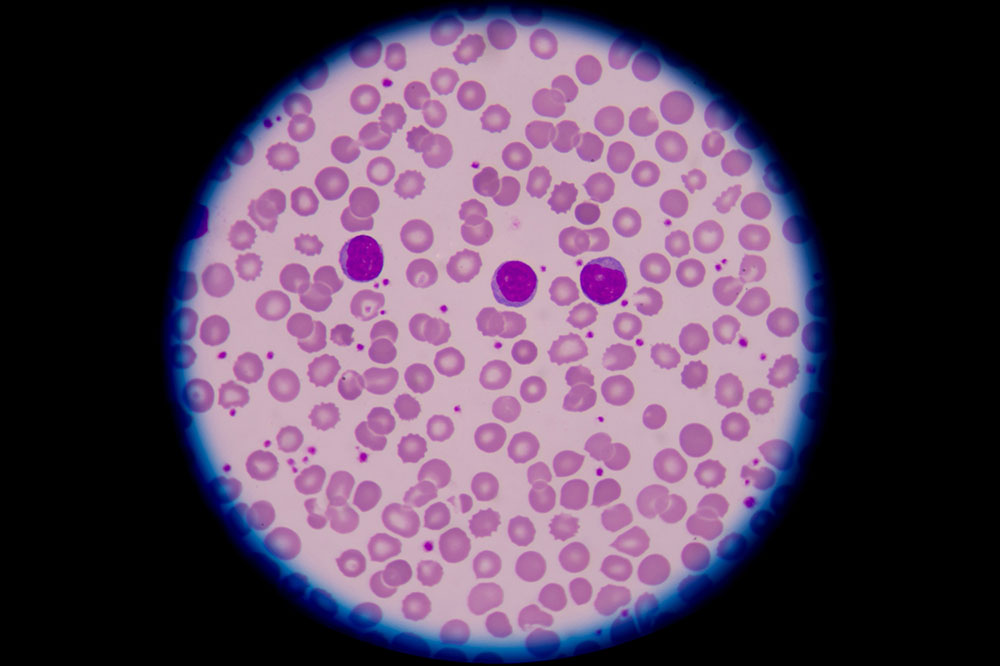Comprehensive Guide to Blood Disorders in Dogs: Symptoms, Causes, and Treatments
This comprehensive guide explores common blood disorders in dogs, including anemia, coagulation problems, platelet deficiency, and white blood cell disorders. It emphasizes early diagnosis, symptoms, causes, and effective treatment options to improve canine health and survival rates. Pet owners gain valuable insights into recognizing signs and seeking veterinary care promptly to ensure their dogs stay healthy and happy.

Understanding Common Blood Disorders in Dogs
Blood disorders in dogs are a significant health concern that can arise due to inherited genetic factors or be acquired through various external influences such as infections, toxins, or underlying diseases. Recognizing these conditions early can be lifesaving, as some blood disorders may progress rapidly and become life-threatening if not addressed promptly. Just like humans, dogs have a complex blood composition that includes red blood cells, white blood cells, platelets, plasma, and other components vital to maintaining overall health and functionality. Any imbalance or abnormality in these blood components can result in severe health complications, ranging from mild symptoms to critical emergencies.
Understanding the common types of blood disorders that affect dogs is essential for pet owners, veterinarians, and animal caregivers. Through early diagnosis and targeted treatment strategies, many of these conditions can be effectively managed or even cured, ensuring a better quality of life for affected dogs.
Here, we'll explore some of the most prevalent blood disorders in dogs, including their causes, symptoms, diagnostic procedures, and treatment options.
Anemia in Dogs: Causes, Symptoms, and Management
Anemia is among the most common hematological issues observed in canine patients. It occurs when there is a significant decrease in the number of healthy red blood cells or hemoglobin in the blood, leading to reduced oxygen transport throughout the body. This deficiency can result from multiple factors, including parasitic infestations (like fleas, ticks, and hookworms), prolonged bleeding due to injuries or internal bleeding, or underlying chronic diseases.
Depending on the underlying cause and the body's response, anemia in dogs can be classified into regenerative and non-regenerative types. Regenerative anemia is characterized by the presence of new, immature red blood cells in the bloodstream, indicating that the body is attempting to compensate for the loss. Common causes include acute blood loss from trauma or surgery. Treatment usually involves blood transfusions, iron supplementation, and addressing the primary cause of bleeding or parasitic infestation.
In contrast, non-regenerative anemia involves impaired production of red blood cells by the bone marrow. Causes can include bone marrow diseases, certain infections, or cancerous conditions. Managing non-regenerative anemia often requires more complex interventions such as immunosuppressive therapy or treatment of underlying diseases, which might be costly but necessary for recovery.
Coagulation Problems: Bleeding Disorders in Dogs
Blood clotting disorders, often termed coagulopathies, are common in young puppies and can sometimes manifest immediately after birth. These issues arise due to deficiencies in clotting factors, which are essential proteins needed for proper blood coagulation. Puppies afflicted with these conditions often exhibit spontaneous bleeding episodes, bleeding from the gums, or bleeding into joints and tissues, which can quickly become life-threatening if not managed.
Various factors can contribute to coagulation problems, including genetic deficiencies such as hemophilia, viral infections like canine parvovirus or distemper, bacterial infections, heatstroke, or tumors that interfere with normal blood vessel integrity. Accurate diagnosis often involves blood tests to evaluate clotting factor levels and identify underlying infections or genetic disorders. Treatment strategies may include clotting factor replacement, supportive care, and managing secondary infections or conditions.
Platelet Deficiency in Dogs (Thrombocytopenia): Causes and Symptoms
Platelets play an essential role in blood clotting, preventing excessive bleeding after injuries. Dogs suffering from platelet deficiency, known as thrombocytopenia, have fewer platelets than normal, leading to increased bleeding risk even with minor cuts or injuries. Causes of thrombocytopenia include infections such as Ehrlichia canis, transmitted via ticks, which damages platelets. Additionally, some medications like sulfonamides or estrogen can cause bone marrow suppression, leading to decreased platelet production.
Symptoms of thrombocytopenia include unexplained bruising, bleeding from nasal or oral cavities, blood in stool or urine, and petechiae (small red or purple spots on the skin). Diagnosing the condition involves blood tests to measure platelet levels and identify infections or drug effects responsible for the deficiency. Treatment may include antibiotics to combat infections, corticosteroids to suppress immune reactions, or discontinuation of offending medications. In severe cases, platelet transfusions may be necessary.
Leukopenia and Leukocytosis: White Blood Cell Disorders
White blood cells (WBCs) are crucial components of the immune system, defending the body against infections. Leukopenia refers to a decreased white blood cell count, which weakens the immune response and predisposes dogs to persistent or recurrent infections. Causes include viral infections like distemper or canine influenza, chemotherapy, or bone marrow suppression from toxins. Conversely, leukocytosis indicates an elevated WBC count, typically in response to an active infection or inflammatory process.
Both conditions require thorough diagnostic evaluation, including blood smears, cultures, and sometimes bone marrow biopsies. Managing these disorders involves treating the primary infection or inflammation, supportive care, and sometimes immunomodulatory therapy.
If you notice warning signs such as unexplained bleeding, pallor, weakness, or presence of blood in stool or urine, immediate veterinary consultation is essential. Accurate diagnosis and prompt treatment are vital to ensuring your dog's health and well-being, as untreated blood disorders can quickly escalate, leading to severe complications.




